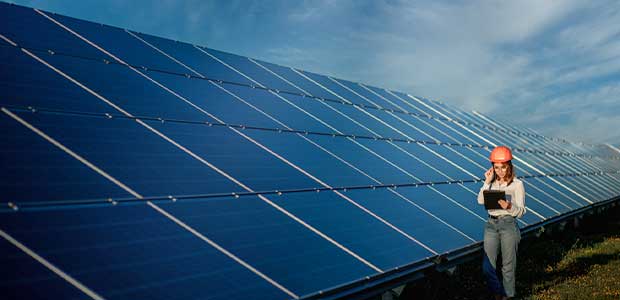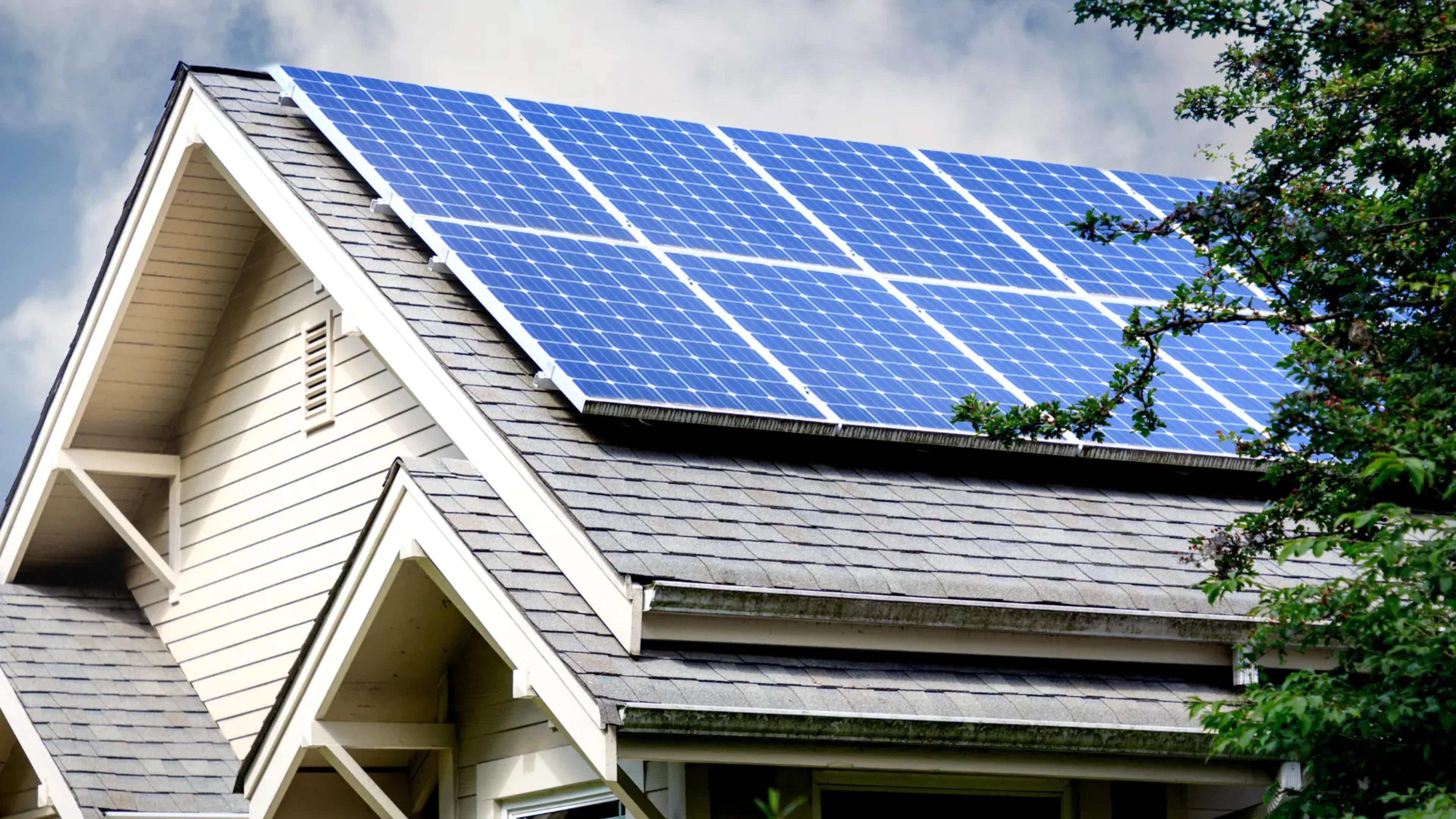Solar Power 101: A Newbie's Guide to Sustainable Energy Solutions
As the globe significantly moves in the direction of sustainable power services, comprehending the fundamentals of solar power becomes important for both people and companies. By checking out the benefits of solar technology, alongside the financial incentives and installation processes, one can obtain a more clear point of view on exactly how to properly incorporate this sustainable source into their energy technique.
Understanding Solar Energy
At its core, comprehending solar energy involves grasping the fundamental concepts of just how sunlight can be converted right into useful electrical energy. Solar power is acquired from the sun's radiation, which can be taken advantage of through various modern technologies.

Recognizing solar power likewise involves acknowledging its ecological benefits. By utilizing sunlight, we can reduce greenhouse gas exhausts and reduce air contamination, contributing to a much more sustainable future. The innovations in innovation and efficiency of solar systems proceed to improve their stability, making solar power a progressively attractive alternative for worldwide power requirements.
Kinds Of Solar Energy Solutions
Different kinds of solar energy systems are commonly utilized to harness solar power for electricity generation. The main classifications consist of photovoltaic (PV) systems, concentrating solar power (CSP) systems, and solar thermal systems.
Photovoltaic or pv systems use solar panels composed of silicon cells that convert sunshine straight into electrical energy. These systems are functional and can be installed on rooftops, ground mounts, or integrated right into building materials.
Focusing Solar Power systems, on the other hand, employ mirrors or lenses to focus sunshine onto a small location, creating warmth that drives a steam turbine to produce electrical energy - Simply Solar Illinois. CSP systems are usually released in large nuclear power plant and require straight sunshine, making them less appropriate for over cast areas

Each type of solar power system has its distinct characteristics, applications, and suitability depending on geographic location, power requirements, and spending plan, making it vital to assess alternatives based on particular conditions. - Simply Solar Illinois

Benefits of Solar Power
Utilizing solar power with different systems not only gives a lasting method to produce electrical energy however likewise provides a wide variety of advantages. Among the most considerable advantages is the decrease in greenhouse gas exhausts, contributing to a cleaner environment and combating climate change. Solar power is eco-friendly, indicating it is limitless and available as long as the sunlight beams, unlike nonrenewable fuel sources, which are Home Page finite and diminishing.
Furthermore, solar energy can lead to significant expense savings over time. Home owners and businesses can decrease their electrical power costs dramatically, and in lots of cases, they might earn debts for excess power produced with net metering. In addition, the solar market develops tasks, from manufacturing to installment, promoting neighborhood economic climates.
An additional engaging benefit is power self-reliance. By generating their very own electrical power, people and communities can minimize reliance on exterior power sources, boosting resilience versus fluctuating energy rates and supply disruptions. Furthermore, solar power systems call for minimal upkeep, making them a hassle-free option for sustainable power generation.
Installation Refine Review
The setup procedure for solar power systems typically entails several vital steps that make sure reliable integration into a residential or commercial property. An extensive site evaluation is carried out to examine the roofing's positioning, shielding, and architectural integrity, which are essential to maximizing solar panel performance. Following this evaluation, the style stage begins, where a customized solar power system is set up based on the homeowner's energy needs and preferences.
As soon as the layout is wrapped up, the essential authorizations and authorizations are gotten from regional authorities, making sure compliance with regulations. The actual installment entails installing the solar panels on the roofing system or ground, connecting them to an inverter, and incorporating the system with the property's electrical arrangement. This stage may also entail setting up battery storage systems, depending on the layout.
With the installment complete, the solar power system can start creating basics eco-friendly energy, adding to sustainability and decreasing energy costs. This organized approach makes sure that solar systems are both efficient and trustworthy, maximizing their long-lasting advantages.
Financial Incentives and Cost Savings
Exploring the financial rewards and savings connected with solar power systems can substantially boost the appeal web link of making the switch to renewable resource. Various rewards exist at federal, state, and neighborhood levels, developed to reduce the initial prices related to solar installment. One of one of the most noteworthy motivations is the federal solar tax obligation credit score, which enables home owners to subtract a percentage of their solar system setup expenses from their government tax obligations. As of 2023, this credit score stands at 30%, providing substantial savings.
In addition to tax credit ratings, many states offer discounts that can better decrease in advance expenses. Some utility companies additionally give performance-based rewards, gratifying solar energy production with time. Funding choices, such as solar finances and leases, enable consumers to mount systems with little to no down repayment, making solar energy more obtainable.

Long-lasting cost savings are an additional important variable. By generating their own electrical energy, home owners can considerably reduce or perhaps eliminate their month-to-month power costs. Additionally, solar systems can enhance property values, giving a solid roi. Overall, the combination of rewards and cost savings makes solar power an economically eye-catching selection for many households.
Verdict
In final thought, solar power stands for a vital component of sustainable energy solutions, offering a pathway toward reduced carbon impacts and boosted ecological security. The diverse types of solar energy systems, paired with considerable financial incentives, facilitate more comprehensive fostering among people and areas. Recognizing the setup processes and advantages connected with solar power encourages stakeholders to make educated decisions. Ultimately, the change to solar power not just fosters ecological duty however also advertises financial cost savings and energy independence.